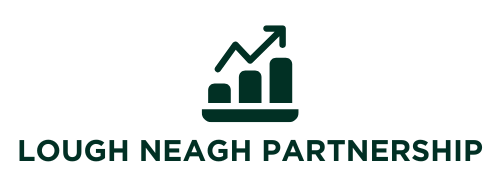Table of Contents
ToggleImagine trying to navigate a stormy sea without a compass. That’s how healthcare organizations feel without effective risk management software. From patient safety to compliance concerns, managing risks can feel like a challenging job. But fear not. This article aims to demystify healthcare risk management software, highlighting its crucial role in keeping your organization afloat and operating smoothly. Get ready to dive deep into the ocean of healthcare risk. Spoiler alert: it’s a lot more manageable with the right software on your side.
Understanding Healthcare Risk Management

Healthcare risk management is a systematic approach aimed at identifying, assessing, and mitigating risks associated with healthcare delivery. It encompasses a wide range of activities, from ensuring patient safety to managing regulatory compliance. The stakes are high. With increasing scrutiny from regulators, failing to carry out effective risk management strategies can lead to substantial financial losses, legal repercussions, and, worst of all, compromised patient safety.
At its core, risk management in healthcare is about making informed decisions. It utilizes data, reporting mechanisms, and collaborative approaches. When organizations understand and address their vulnerabilities, they create a safer environment for everyone involved.
Importance of Risk Management in Healthcare
The healthcare landscape is rife with uncertainties. From unexpected patient outcomes to cyber threats, the potential for risk can turn a day at the office into a nightmare. Effective risk management isn’t just a nice-to-have: it is essential.
Consider this: according to various studies, healthcare organizations that regularly assess and manage risks are far less likely to face serious incidents, complaints, or lawsuits. They also tend to enjoy better patient satisfaction scores. Risk management builds trust, not only within the organization but also among patients and stakeholders. In today’s competitive landscape, a solid reputation matters, and risk management is a crucial part of that equation.
Key Features of Healthcare Risk Management Software
When considering healthcare risk management software, several features can significantly enhance effectiveness:
- Incident Reporting Tools: These features help the logging of incidents promptly, allowing thorough analysis and corrective actions.
- Data Analytics and Reporting: Robust software solutions come equipped with analytics tools that help predict risks and measure performance against set benchmarks.
- Compliance Tracking: Keeping up with various regulations is challenging. Software that offers compliance tracking ensures organizations meet necessary standards and mitigate legal risks.
- Collaboration Features: A good software solution promotes communication among team members, making it easier to share information and insights effectively.
- User-Friendly Interface: Intuitive designs can enhance usability, ensuring all staff can efficiently navigate the system.
Investing in software with these features can streamline your risk management processes and enhance overall operational efficiency.
Types of Healthcare Risk Management Software
Understanding the various types of healthcare risk management software available is crucial for organizations looking to carry out a solution. Broadly speaking, these fall into three categories:
- Enterprise Risk Management (ERM) Software: Focuses on providing a comprehensive solution that encompasses all risks across the organization, from finance to compliance.
- Patient Safety and Incident Reporting Systems: Specifically designed to track incidents related to patient care, these systems allow healthcare providers to log and analyze adverse events thoroughly.
- Compliance Management Software: This type ensures that organizations are adhering to various regulatory requirements. Failure to comply can lead to substantial fines and other penalties.
Choosing the right software type depends on the specific needs and risk exposure of the healthcare organization.
Implementation Challenges and Best Practices
Implementing healthcare risk management software can be a challenging try. Key challenges often include:
- Resistance to Change: Staff accustomed to traditional methods may be reluctant to adopt new technologies. Engaging them in the implementation process can ease this transition.
- Integration with Existing Systems: Healthcare organizations often use various software solutions. Ensuring new software integrates seamlessly with existing systems can be complex.
- Training Needs: Proper training is vital. Organizations must invest time and effort into educating employees on how to use the software effectively.
Best practices to mitigate these challenges include:
- Involving staff in the selection and implementation process.
- Conducting pilot tests to iron out any issues before full deployment.
- Providing ongoing support and training post-implementation.
Future Trends in Healthcare Risk Management Software
The future of healthcare risk management software is bright and filled with opportunities driven by technological advancements. Here are a few trends worth noting:
- Artificial Intelligence (AI) and Machine Learning: These technologies are becoming increasingly integrated into risk management software, allowing for predictive analytics and improved identification of potential risks.
- Telemedicine and Remote Monitoring: As telehealth services expand, monitoring risks in remote patient care is becoming vital. Software that can adapt to this new landscape will be invaluable.
- User-Centric Design: Future software will focus on enhancing the user experience, offering highly intuitive interfaces that make navigating complex systems much simpler.
Organizations that stay ahead of these trends will not only mitigate risks but also enhance their operational efficiency.








